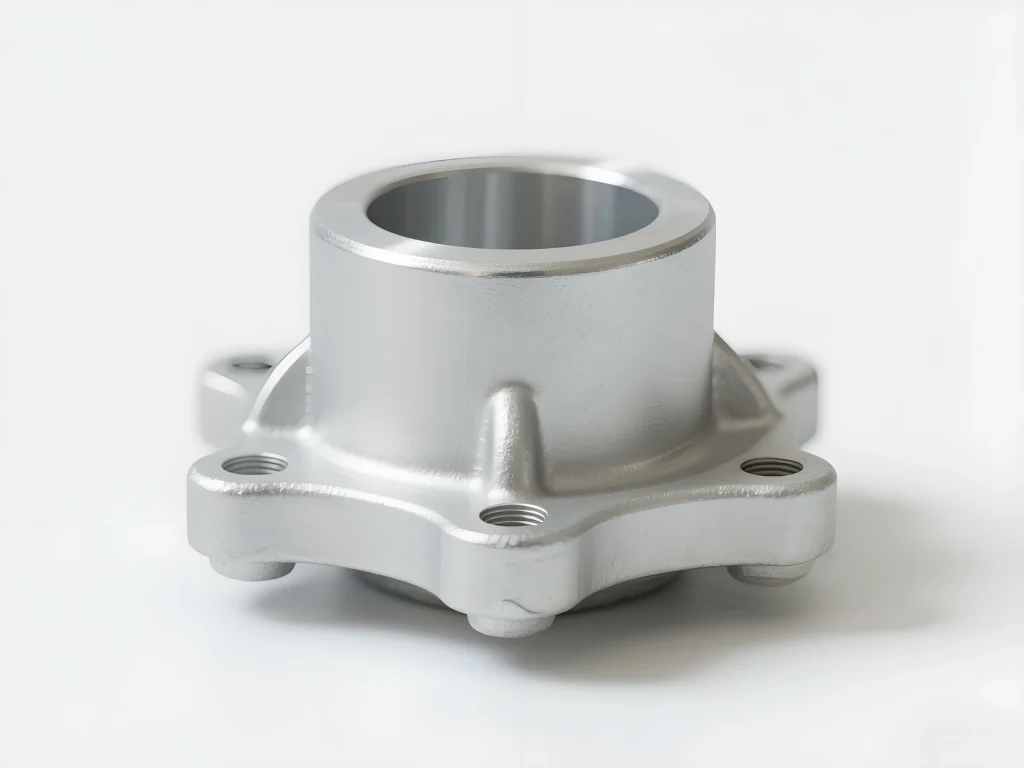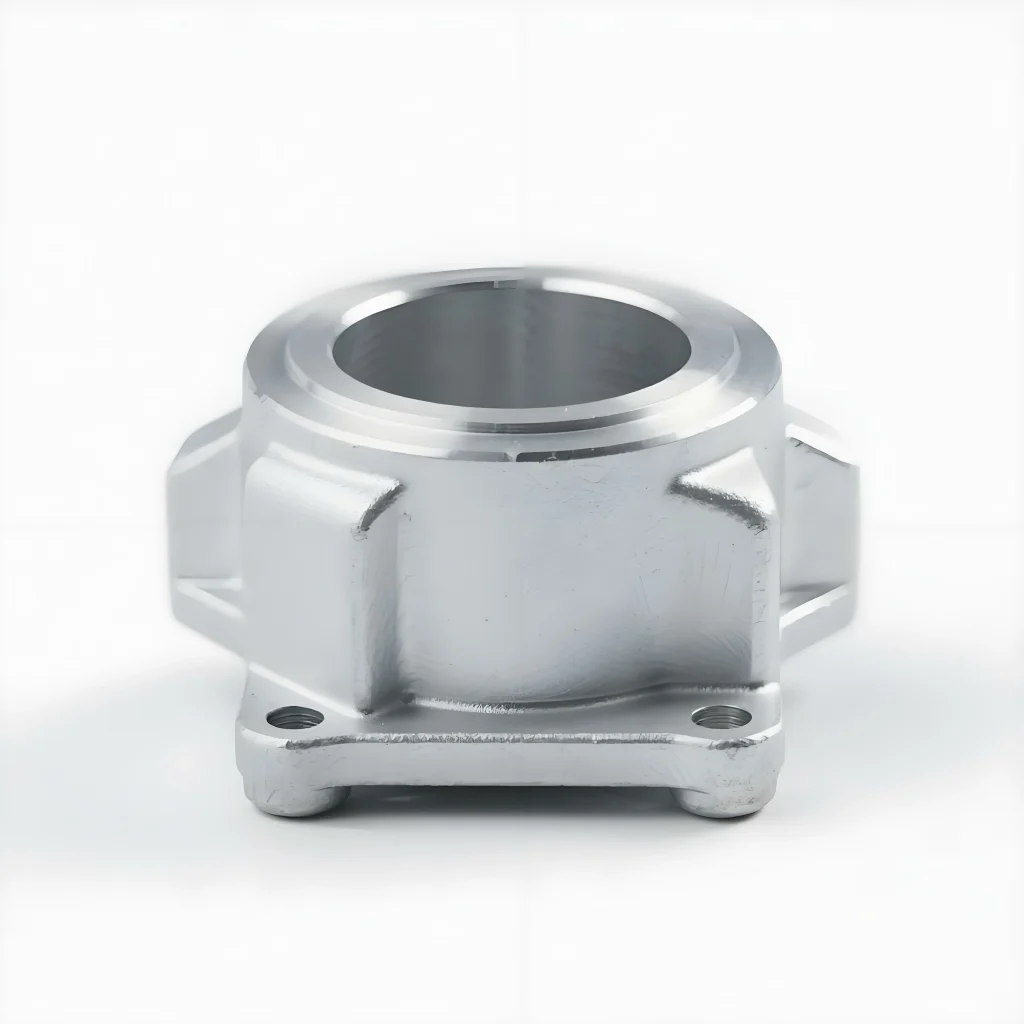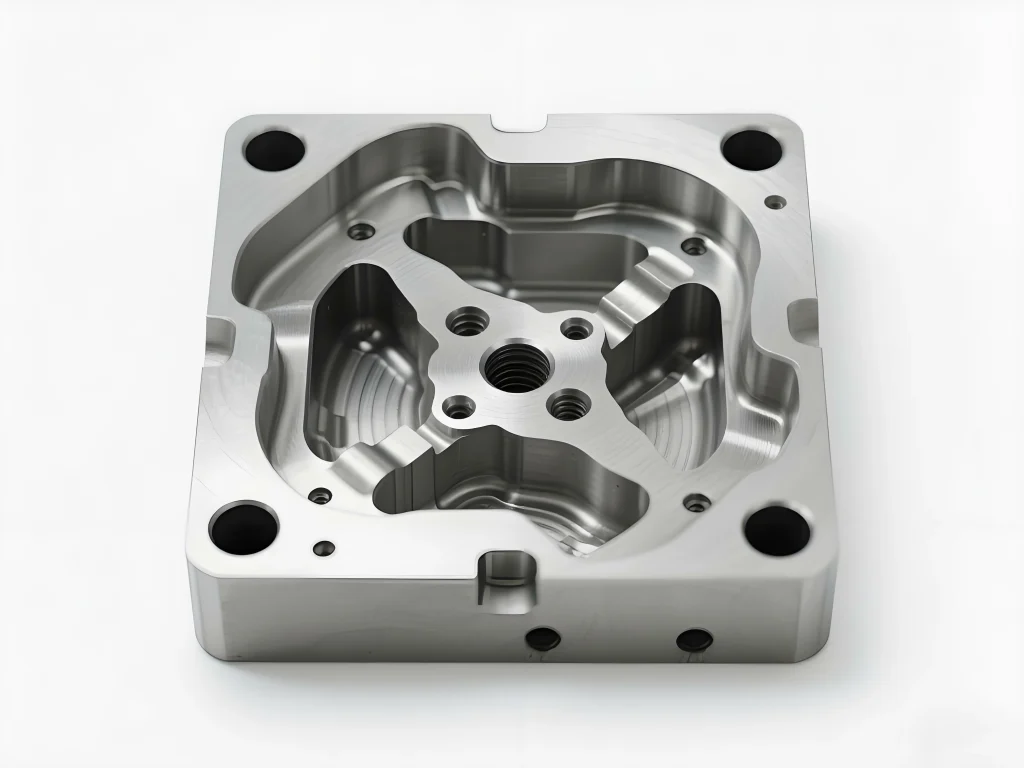1.A Guide to High Pressure Zinc Die Casting: Process, Strengths, and Applications
When you need metal parts that are complex and strong, you have a lot of manufacturing choices. For making thousands of identical parts quickly and affordably, one process stands out: high pressure die casting (HPDC). When this method is paired with zinc alloys, it becomes a powerful solution for many industries.
This guide breaks down everything you need to know about high pressure zinc die casting. We’ll cover the process, compare it to other methods, and show you where it’s used. Whether you’re an engineer designing a new product or a purchasing manager looking form a reliable supplier, this article has the answers you need.
2.What is High Pressure Die Casting? The Basics
So, what is high pressure die casting? Think of it as a high-speed injection molding process, but for metal. We force molten metal into a steel mold, called a die, under extreme pressure. This force ensures the liquid metal fills every corner and detail of the mold. The result is a pressure die cast part with sharp details, a smooth surface, and tight dimensional accuracy, right out of the tool.
Hot-Chamber vs. Cold-Chamber Casting
HPDC is split into two main methods. It’s important to know the difference. For zinc pressure die casting, manufacturers almost always use the hot-chamber method. This is because of zinc’s unique properties.
- Hot-Chamber Process:In this method, the machine’s injection system is submerged directly in the molten zinc furnace. This allows for incredibly fast cycle times because there’s no need to transfer the metal for each shot. This speed makes it perfect for high volume pressure die casting and keeps the high pressure die casting cost per part.
- Cold-Chamber Process: This approach is used for metals with higher melting points, like when making a pressure die cast aluminum Here, metal is ladled into an injection sleeve for each cycle, which makes the process slower.
3.A Look Inside the Pressure Zinc Casting Procedure
The process seems complex, but it’s incredibly fast, often taking just a few seconds. Here’s a look at the high pressure die casting process step-by-step:
- Tool Clamping: First, the two halves of the steel die are sprayed with a lubricant. This helps with cooling and ensures the part doesn’t stick. The machine then clamps the die halves together with immense force.
- Injection: A plunger injects a “shot” of molten zinc into the die cavity at high speed and pressure. This step is critical for capturing fine details and avoiding common defects in high pressure die casting.
- Cooling:The molten metal cools and hardens almost instantly once it contacts the cooler die walls. The part’s wall thickness in high pressure casting is a key design factor that affects this cooling time.
- Ejection: After the part solidifies, the die opens, and ejector pins push the finished casting out for the mold.
- Trimming: The final part is attached to excess material called runners and flash. This is trimmed off, either manually or in an automated step. Good tooling design is key to reducing flash in high pressure casting. The leftover zinc is then remelted and reused, making the process very efficient.

4.Why Choose HPDC? A Clear Comparison
Why choose HPDC over other methods like CNC machining or investment casting? It all comes down to balancing three things: speed, cost, and detail. For producing parts in large quantities, the advantages of high pressure die casting are hard to beat.
High Pressure Die Casting vs. Other Production Methods
| Feature | High Pressure Die Casting (HPDC) | Investment Casting | CNC Machining |
| Part Complexity | Excellent for complex parts wit thin walls. | Excellent, can produce very intricate shapes. | Good, but complex features drive up cost/time. |
| Production Speed | Very fast (seconds per cycle). Ideal for mass production. | Very slow (hours/days per cycle). Best for prototypes/low volume. | Slow to moderate, cycle time depends on complexity. |
| Unit Cost (at Volume) | Very low due to speed and automation. | High, due to labor and multi-step process. | High, with costs directly tied to machine time. |
| Tooling Cost | High initial investment for hardened steel tool. | Moderate, molds are single-use. | Low to none, no dedicated tooling required. |
| Tolerances | Excellent, holds very tight tolerances for zinc pressure die casting. | Good, but generally less precise than HPDC. | Excellent, capable of the highest precision levels. |
| Surface Finish | Excellent, provides a smooth surface finish for pressure die cast parts. | Good, but surface can be comparatively rougher. | Excellent, but depends on tooling and finishing passes. |
This pressure die casting vs. investment casting comparison shows that for high-volume production, HPDC offers a great blend of precision and value.
5.The Material Advantage: Strengths of Zinc Alloy Casting
The process is only part of the equation. The material you choose is just as important. For HPDC, the benefits of using zinc for die casting are huge, especially with alloys like Zamak 3 and Zamak 5 (high pressure zinc die casting alloys).
- Strength and Stiffness:Zinc parts are surprisingly strong and rigid, making them a great choice for structural components.
- Flows into Complex Shapes:Zinc is extremely fluid when molten. This lets it fill very thin walls and create fine details, enabling designs for lightweight zinc die cast parts for aerospace.
- Built-in EMI/RFI Shielding:Zinc is naturally good at blocking electronic interference, making it perfect for EMI shielding zinc die cast parts and high pressure zinc die casting for electronics enclosures without extra cost.
- Great for Finishing: The as-cast surface of zinc is very smooth, providing a perfect base for painting, powder coating, or chrome plating.
6.Sector Spotlight: Where You Find Pressure-Formed Components
You can find pressure die cast parts everywhere. Welleshaft provides precision zinc die casting services for all of them.
-
Automotive Sector
In the auto industry, parts need to be tough and precise. Automakers use zinc die casting for components like sensor housings, mirror mounts, and gears. While they often choose aluminum for larger items like pressure die cast transmission housings, they make many critical internal components from zinc.
-
Electronics and Telecom
For electronics, precision is key. Heat sinks via pressure die casting use zinc’s ability to manage heat, adn it’s an excellent material for creating durable casings and connectors.
-
Medical and Healthcare
The medical field requires total reliability. Manufacturers use high pressure die casting to make precision surgical tools and housings for various medical equipment components.
-
Consumer Goods and Hardware
From your kitchen to your front door, zinc parts provide a quality feel. Pressure die casting for appliance parts and high pressure zinc casting for hardware (handles, fixtures) are common because of their durability and excellent finish.

7.From Concept to Component: The Welleshaft Partnership
Knowing about a process is different from getting it done right. That’s where a good manufacturing partner comes in. At Welleshaft, we don’t just make parts—we help you succeed.
-
We Help You Design for Success (DFM)
Our engineering team reviews your design based on our high pressure die casting design guide. help you avoid common pitfalls and offer solutions on how to prevent porosity in zinc die casting. We work wit you to make sure your part is designed for efficient, high-quality production.
-
Delivering Value and Affordability
We are committed to providing affordable zinc die casting services. Through smart tooling, automated processes, and our deep expertise, Welleshaft delivers top quality at a competitive price.
8.People Also Ask (FAQ)
-
What are the main disadvantages of pressure die casting?
The biggest downside is the high upfront cost of the steel die. This makes it a poor choice for low-volume projects or prototypes. For production runs in the thousands, however, the low price per part quickly makes up for the initial investment.
-
When should you use high pressure zinc die casting?
The ideal scenario, or when to use high pressure zinc die casting, is for high-volume projects that need complex shapes, thin walls, tight tolerances, and a great surface finish straight from the mold.
-
What are the key differences in zinc die casting vs. aluminum die casting?
The main differences are in the process and the material. Zinc casting uses the faster hot-chamber method and offers much longer tool life. Aluminum requires the slower cold-chamber process. Material-wise, zinc is denser and stronger, allowing for thinner walls and more detail.
-
How do I get a quote for my pressure die cast part?
It’s easy. At Welleshaft, you can get a quote for pressure die casting by sending us your 3D CAD files and project details. We’ll provide a clear breakdown of tooling and per-part costs.
9.Conclusion: Your Partner in Precision Manufacturing
High pressure zinc die casting is a powerful process for making precise, strong, and affordable metal parts in high volumes. It offers a combination of speed, detail, and value that few other processes can match.
At Welleshaft, we are your strategic partner in manufacturing. Our expertise in precision zinc casting ensures your parts are made right, delivered on time, and fit your budget.

